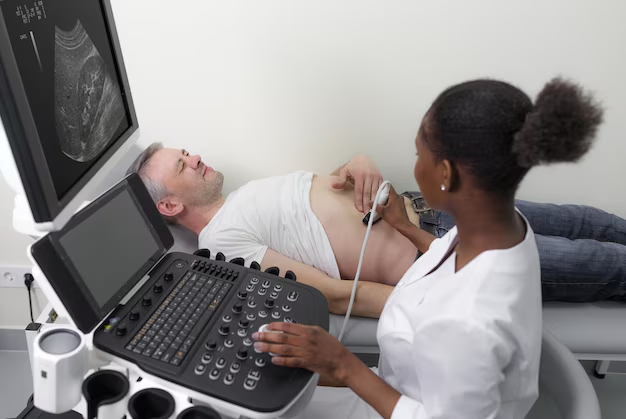How to Become a Medical Sonographer: Required Education and Certifications
Becoming a medical sonographer—the skilled professional behind ultrasound technology—requires a strategic blend of education, certification, and practical training. Most aspiring sonographers start by pursuing an associate degree in diagnostic medical sonography, a comprehensive program offered by many accredited institutions that covers the essentials of anatomy, patient care, and imaging technology. While some may opt for a bachelor’s degree, an associate degree often suffices to enter the field, provided it’s followed by certification. Certification is a vital step towards credibility and career advancement, with the American Registry for Diagnostic Medical Sonographers (ARDMS) being a leading certifying body. Candidates typically take exams like the Sonography Principles & Instrumentation (SPI) to demonstrate their proficiency. Additionally, obtaining licenses, though not mandatory in all states, enhances employability and confirms adherence to professional standards.
Diving into specialized areas such as vascular or cardiac sonography can further enhance a career, enabling professionals to cater to niche medical needs and stay competitive in a growing job market. Continuous education is key, as medical technology evolves rapidly, making ongoing training and certifications beneficial to maintaining expertise and relevance. Aspiring sonographers are encouraged to explore educational opportunities that align with their career goals, ensuring they are prepared for the ever-advancing landscape of medical imaging.
Key Pathways to Becoming a Medical Sonographer:
- 🎓 Associate Degree in Diagnostic Medical Sonography
- 🎓 Bachelor’s Degree in Sonography or Related Field (optional)
- 📜 Certification from ARDMS
- Sonography Principles & Instrumentation (SPI) Exam
- Specialty exams (e.g., Abdomen, Obstetrics & Gynecology)
- 📋 State License (where applicable)
- 📚 Continuing Education and Advanced Certifications
